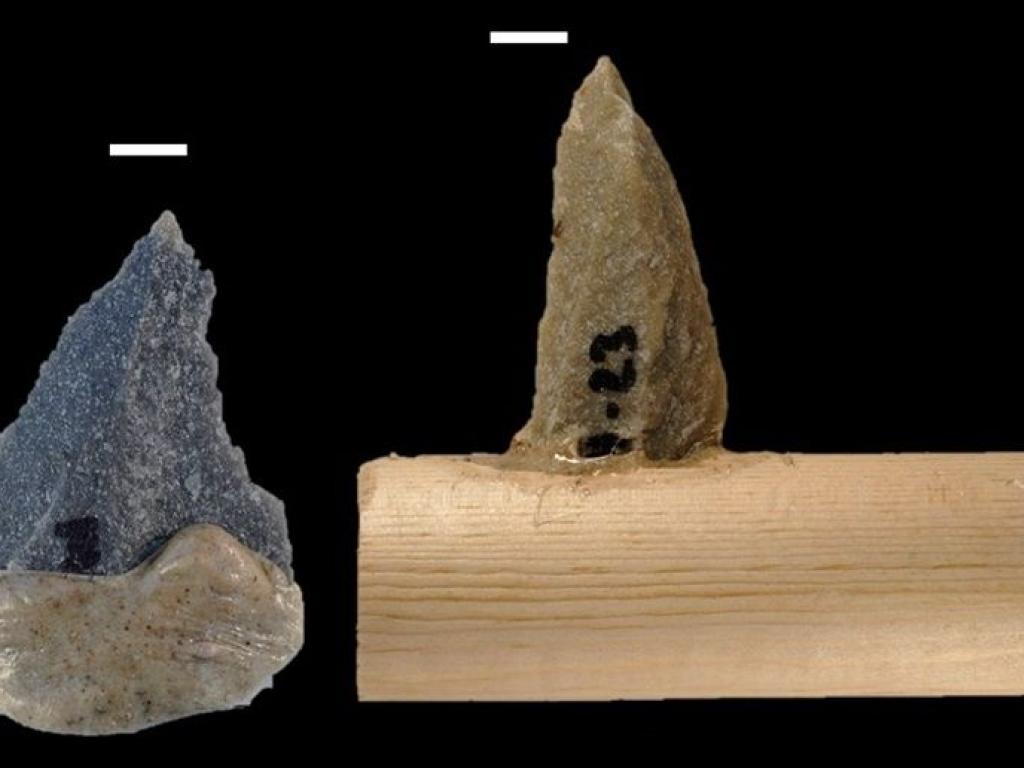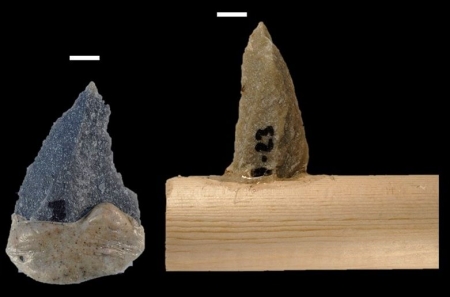Were our earliest human ancestors using stone tipped spears between 500 000 and 50 000 years ago?

The Middle Stone Age (MSA) is associated with complex technological innovations. One of the most visible aspects of MSA technologies are unretouched triangular stone points which appear in archaeological record as early as 500 000 years ago in Africa and persist throughout the MSA. How these tools were used and discarded across a changing Pleistocene landscape can provide insight into how MSA populations prioritized technological and foraging decisions.

Butchery Points
This has enormous implications for how our ancestors hunted animals, protected themselves from danger, and survived dramatic climatic swings in the Pleistocene. Historically, archaeologists have used the shape of tools to try and say what it was used for, but we now know that that is almost certainly wrong. In this paper, the authors develop a method that uses the damage that forms on the edges of stone points to statistically determine what types of activities they were being used for. They compared the edges on archaeological stone points with experimental stone points that were mounted as spears and shot with a calibrated crossbow, used as butchery tools, trampled by animals, and jumbled in a rock tumbler. They show that 500,000 year old points from Kathu Pan in the Northern Cape were predominantly used as spear-tips, while more recent stone points from the coastal cave sites at Pinnacle Point and Die Kelders were used for multiple types of activities, as knives and as spears. Their study shows that people were making stone-tipped weapons for a long time, but that these were multi-purpose tools and likely reused particularly in cave sites that were routinely revisited by our early ancestors.

Drying hafted points at braai

Experimental Spear - Springbok
